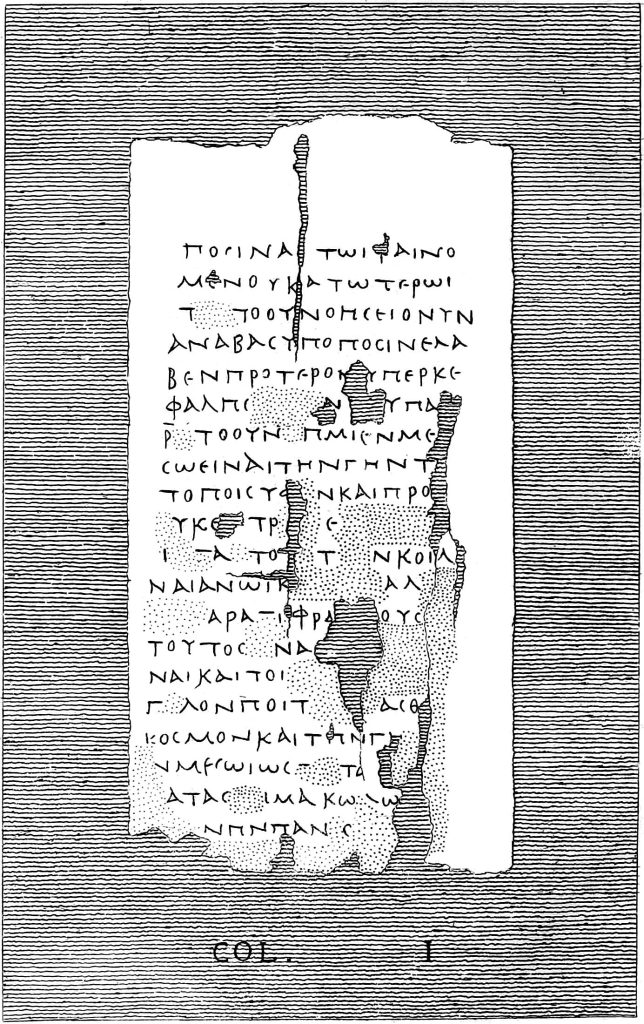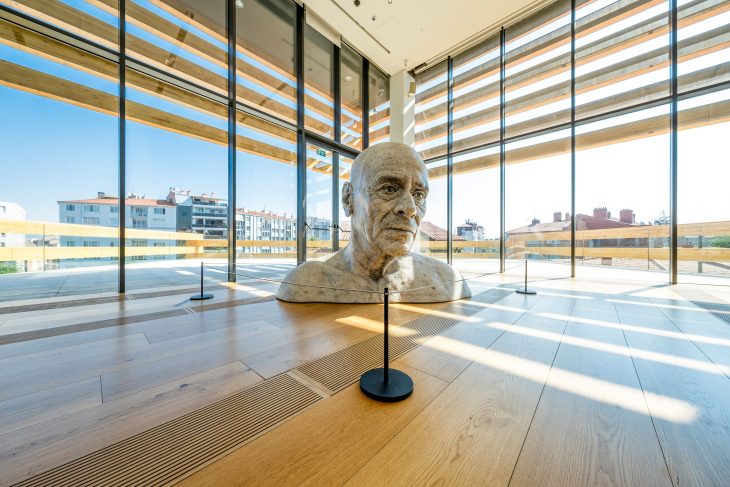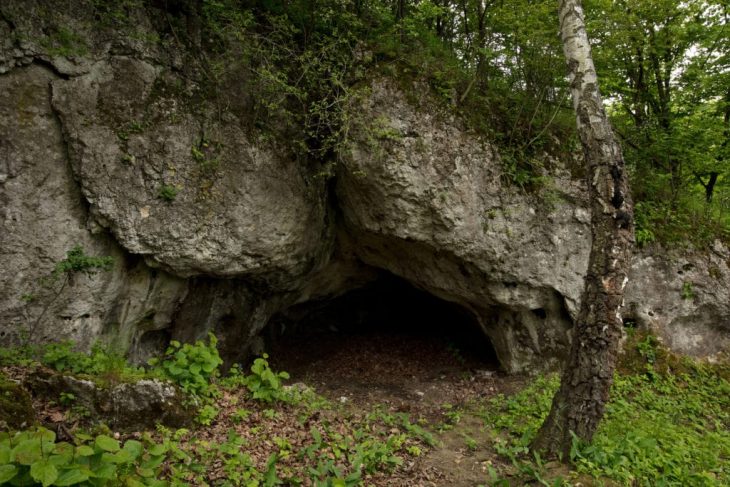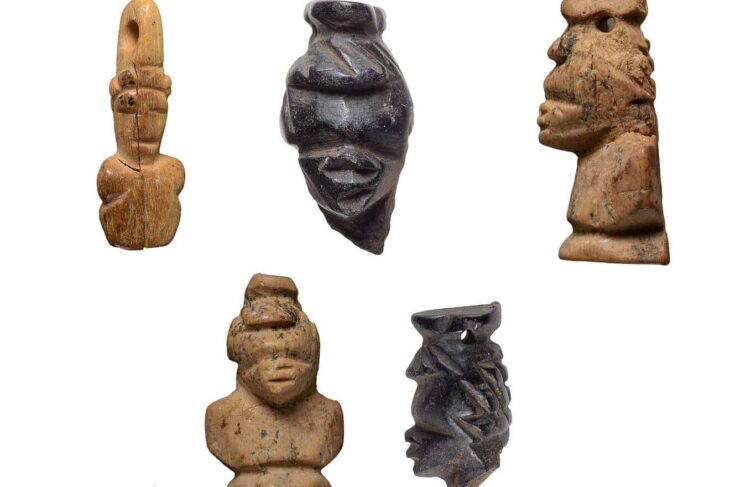Researchers funded by the European Union have deciphered ancient Latin texts written on papyrus. This work could reveal a lot about Roman society and education, as well as how Latin’s influence spread.
Although the number of Latin texts found on papyrus dating from the first century BCE to the eighth century CE has grown as a result of new archaeological discoveries, these texts are frequently not given the attention they require. Therefore, they represent a vast untapped source of information and insight into the development of ancient Roman literature, language, history, and society.
Latin texts on papyrus in particular could provide information about the period’s literary and linguistic emigration. This might also reveal more about the educational environment, and paint a clearer picture of the Roman economy and society.
New approach to Latin texts
The EU-funded PLATINUM project, which was funded by the European Research Council, was launched to achieve just this. It began with a preliminary census of existing Latin texts on papyrus, in order to assemble and update collections.

“A key innovation was the multidisciplinary way we worked on these texts, bringing them under the spotlights of Latinists, linguists, historians – of Classicists, in general,” explains PLATINUM project coordinator Maria Chiara Scappaticcio from the University of Naples Federico II in Italy.
📣 Our WhatsApp channel is now LIVE! Stay up-to-date with the latest news and updates, just click here to follow us on WhatsApp and never miss a thing!!
This work was pulled together to produce the Corpus of Latin Texts on Papyrus, six volumes of which will shortly be published by Cambridge University Press. “This is the major output of the project,” adds Scappaticcio.
“This work collects all the texts of interest, and offers scholars a reference source and tool. Its importance is clear when one compares what we knew about Latin papyri before PLATINUM, and what we know today.”
Groundbreaking linguistic findings
Several interesting findings were made in the course of the project. These include the startling discovery of Seneca the Elder’s Histories. “None of us could have imagined that such an important work would be found in one of the charred papyri from Herculaneum,” says Scappaticcio. “A new chapter in Latin literature has been rewritten thanks to PLATINUM.”

In addition, many previously unknown texts are now circulating among scholars as a result of the project’s work. The team has helped to forge new partnerships and exchanges between academic and cultural institutions.
“We also discovered the only known Latino-Arabic papyrus,” remarks Scappaticcio. “In this text, the Arabic language has been transliterated in Latin script. This text is unique and provides evidence of interactions between Latin language and culture, and Arabic language and culture in the early medieval Mediterranean.”
Cultural interactions uncovered
The PLATINUM project has helped to shine new light on the spread of Latin, especially in the provinces of the Late Antique Roman Empire.
Careful examination of the actual books, tools and materials that were circulating at the time has provided insights into, for example, how Latin was taught as a foreign language.
“We know now that Latin literature was circulating in the Eastern Roman Empire, and how this literature might have shaped knowledge,” notes Scappaticcio. “One of the main reasons for learning Latin, for example, was the necessity of familiarising oneself with Roman law.”
Scappaticcio believes that this research will benefit not only ancient historians and classical philologists, literates and linguists, but also cultural historians. “The work has opened the door to better understanding cultural interactions at the time,” she says.
“The work of PLATINUM touches on Roman Orientalism, as an aspect of multiculturalism in Antiquity and Late Antiquity.”
Doi: 10.3030/636983
Cover Photo: Carbonized paper, found with other images in an 1858 published book by Giacomo Castrucci.
















